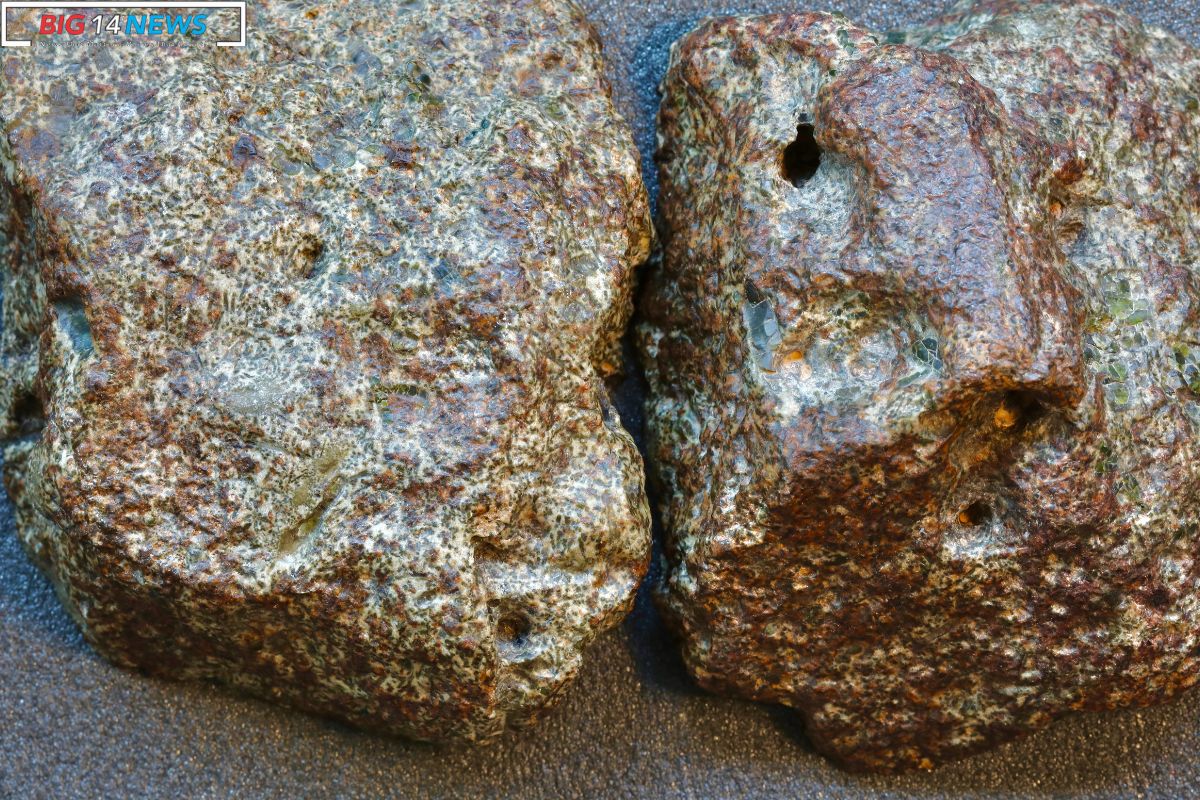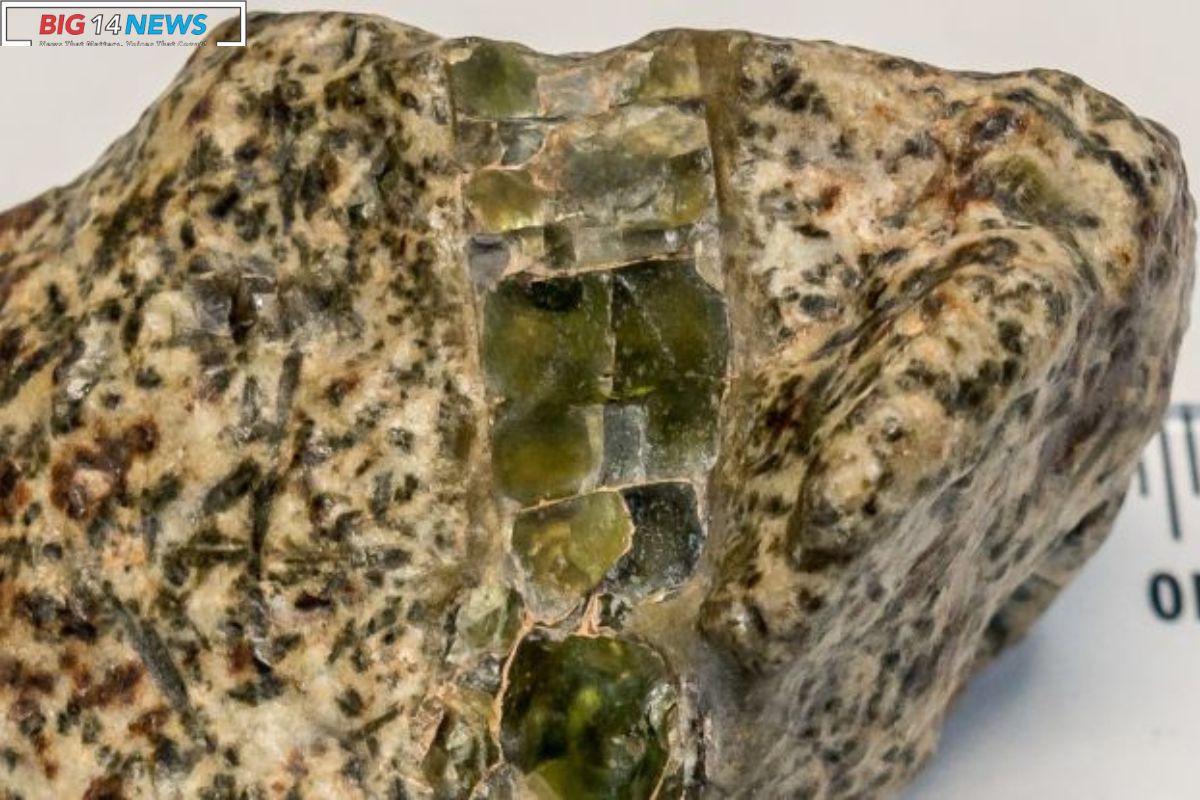Erg Chech 002 Meteorite: Erg Chech 002, an ancient rock, is providing new insights into the origin of our Solar System. A recent study shows this meteorite has more aluminum-26 than others. As the Solar System formed, it contained radioactive chemicals from dying stars. This is a step toward understanding the past of our Solar System.
The team studied magnesium-26, formed from the safe breakdown of aluminum-26. Using this “isotope clock,” they determined Erg Chech 002 is approximately 4.566 billion years old. The scientists studied the aluminum-26 content in Erg Chech 002 and other ancient meteorites. This made them believe there were varying amounts of aluminum-26 in the solar nebula, where the Solar System originated.
Erg Chech 002 is unique among meteorites. Discovered in 2020 in the Erg Chech sand sea, Algeria. It has a unique andesitic composition tied to igneous activity. This suggests it was once part of a young planet that stopped growing too soon. This is a great place to study the Solar System’s formation.
The results indicate that aluminum-26 and other unstable isotopes arrived in the Solar System from other stars later. The initial cloud forming the Solar System collapsed to form the Sun. The planets formed from the disk remnants. Scientists study meteors like Erg Chech 002 to understand their composition and impact on our Solar System.


ALSO READ: Ring of Fire Eclipse: Eclipse to Grace US Skies in October A Cosmic Spectacle
Meteorites and asteroids have remained largely unchanged since their formation. They provide valuable information about the ancient Solar System. Unlike planets, these celestial objects haven’t changed chemically, giving us a clear picture of the past solar environment.
Previous research found that radioactive elements from supernovae entered the young Solar System during the Sun’s growth. Krestianinov’s study supports this idea and enhances our understanding of the early Solar System.
Although this finding is a significant step in understanding the universe’s history, there is more to learn. Scientists will continue studying Erg Chech 002 and other meteors to understand the origins and early influences of the Solar System. Erg Chech 002 is key to the Solar System’s mysteries, offering a glimpse into ancient times.
Also Read: Beauveria Bassiana and Oilseed Rape: A Revolutionary Symbiotic Method for Eco-Friendly Farming
Our Reader’s Queries
How do you identify a meteorite?
Is this a meteorite? How do I know for sure?
Density: Meteorites are typically very heavy given their size, as they have metallic iron and dense minerals.
Magnetic: If a magnet sticks to it, it’s likely a meteorite due to the metallic iron content.
Unusual shape: Iron-nickel meteorites are seldom round, so a peculiar shape could indicate it’s a meteorite.
What is the oldest meteorite ever found?
The EC 002, discovered in the Sahara desert in 2020, holds the title for the oldest meteorite found on Earth. Known officially as Erg Chech 002 (EC 002), this space rock clocks in at a whopping 4.6 billion years old, making it older than our own planet.
What is the mystery rock found in the Sahara Desert?
In 2018, meteorite hunters discovered a reddish-brown stone in the Sahara Desert, dubbing it “Northwest Africa (NWA) 13188.” Initially thought to be a regular meteorite, a team led by Jérôme Gattacceca later found that it possessed attributes of both Earth and space rocks.
What does an iron meteorite look like?
During their journey through our atmosphere, iron meteorites often develop small oval-shaped indentations on their surfaces, known as regmaglypts. These unique features are not typically seen on rocks found on Earth. Iron meteorites are significantly denser than most rocks found on our planet and will readily be attracted to a strong magnet due to their unique composition.

